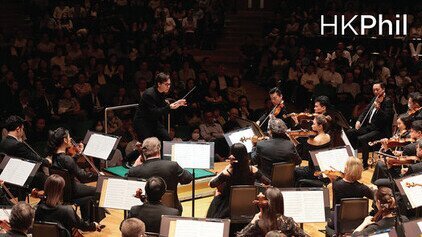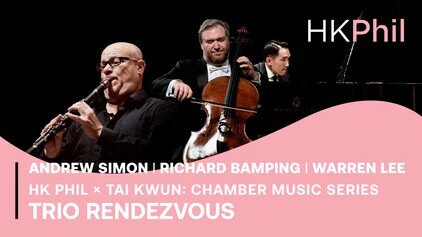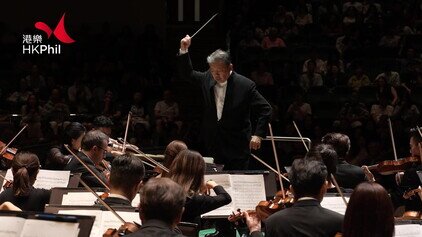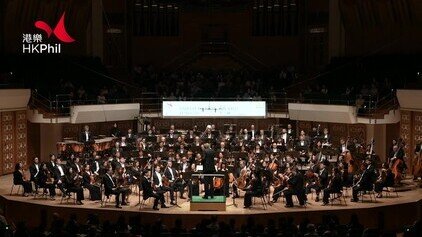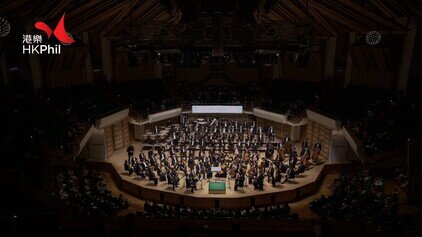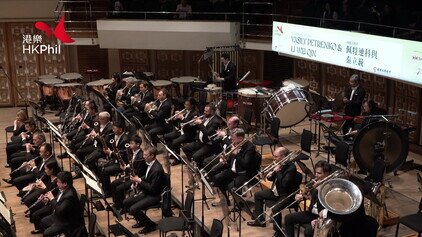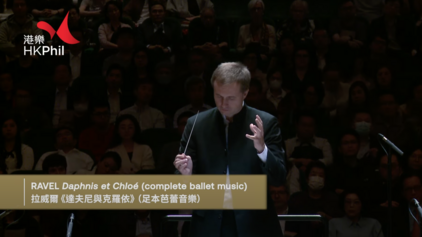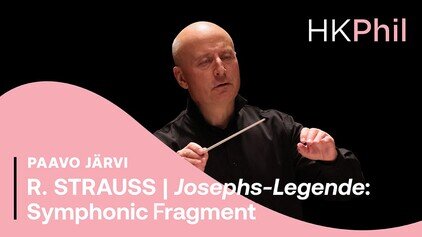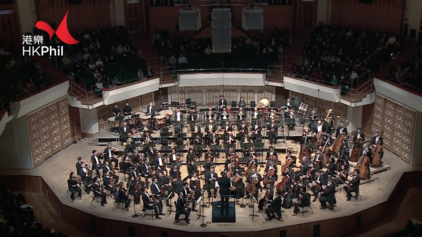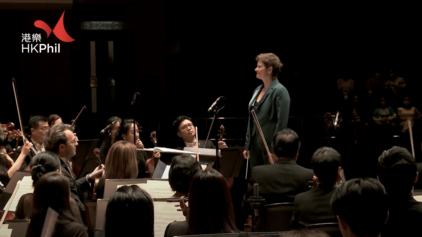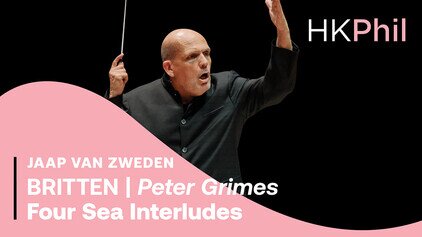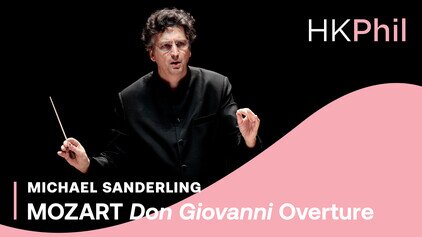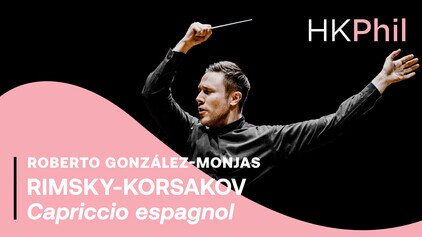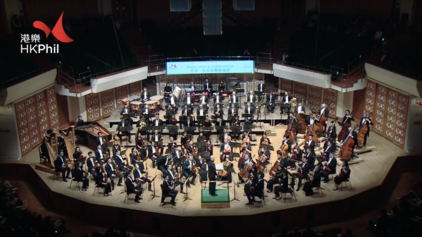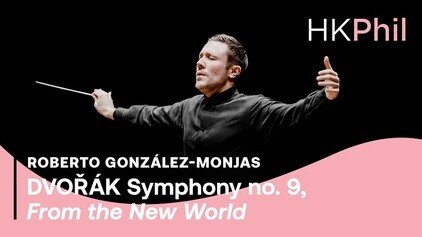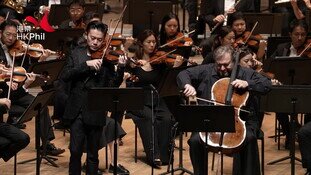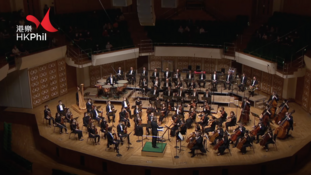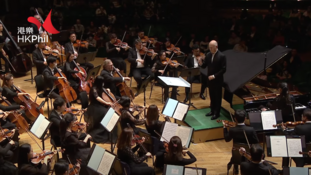RACHMANINOV | Rhapsody on a Theme of Paganini
PROGRAMME
SERGEI RACHMANINOV (1873-1943)
Rhapsody on a Theme of Paganini, op. 43
Encore:
FRÉDÉRIC CHOPIN (1810-1849)
Etude in E, op. 10, no. 3
THE COMPOSER
Until the Bolshevik Revolution forced him to flee Russia with his family, Sergei Rachmaninov had established himself as one of the country's leading composers and the natural successor to his great musical hero, Tchaikovsky. Outside Russia, however, he was mostly recognised as a great piano virtuoso, and in 1909 was invited to give a 22-concert tour of the US. It was such a success that he was invited back to give annual concert tours, and although the Americans had little taste for Russian music, he would usually try to include at least one work of his own on these tours.
THE BACKGROUND
Having built himself a house in Switzerland from the proceeds of his annual American concert tours, and having been given as a house-warming present a full-sized concert grand by the noted piano manufacturer Steinway & Sons, Rachmaninov was inspired to write what was to be the last of his five works for piano and orchestra. The others were all concertos, but for this work he chose to combine concerto form with variation form to produce a single-movement work, roughly following the fast-slow-fast outline of a conventional concerto but actually comprising an introduction and 24 variations on a theme. The number 24 was significant, for Rachmaninov used as the basis of the work, the 24th Caprice for solo violin by Paganini published in 1829. Rachmaninov himself premiered the work with the Philadelphia Orchestra under Leopold Stokowski on 7 November 1934.
THE MUSIC
The Rhapsody on a Theme of Paganini begins with a brief introduction, the orchestra providing a kind of skeleton of the theme which eventually is heard from the violins supported by single notes jabbed out by the pianist. This playful mood continues through the first few variations, with the piano skipping merrily over the notes and a sense of continually bustling movement from both orchestra and piano.
The slow (middle) section of the work opens with the Seventh Variation. The piano begins with a solemn hymn-like melody which is the Dies Irae, a 13th-century chant which Rachmaninov used in almost all his mature works, beneath which cellos and bassoon play Paganini’s original theme. In most of the subsequent variations, both the Dies Irae and Paganini’s theme are given equal prominence, and when we reach Variation 18, probably Rachmaninov’s most famous creation, we hear Paganini’s theme turned upside down so that it closely resembles the Dies Irae.
After this, the mood lightens, but then it seems as if a great thunderstorm is brewing, as over a menacing orchestral bass the piano chords become darker and darker. The storm eventually breaks and the music bursts into sunlight in which both Paganini’s theme and the Dies Irae become inseparably intertwined. A thrilling piano solo with the pianist thundering out elements of both themes in octaves is rudely interrupted by the orchestra, which joins the piano in a headlong dash for the closing bar, only to be pulled up by an ending of pure drama when the Dies Irae, looking as if it is going to have the last word, is swept aside dismissively by a seemingly off-hand piano conclusion.
Programme notes by Dr Marc Rochester
ARTISTS
SUPPORT THE HK PHIL'S ONLINE PROGRAMMES
The Ambassador Fund allows the orchestra to produce various online programmes, keeping our connection with the communities. The HK Phil has released over 80 online programmes and garnered over 1.5 million views since the pandemic. Your donation supports production costs incurred and helps us share music!
All Performances
Other videos in this series








